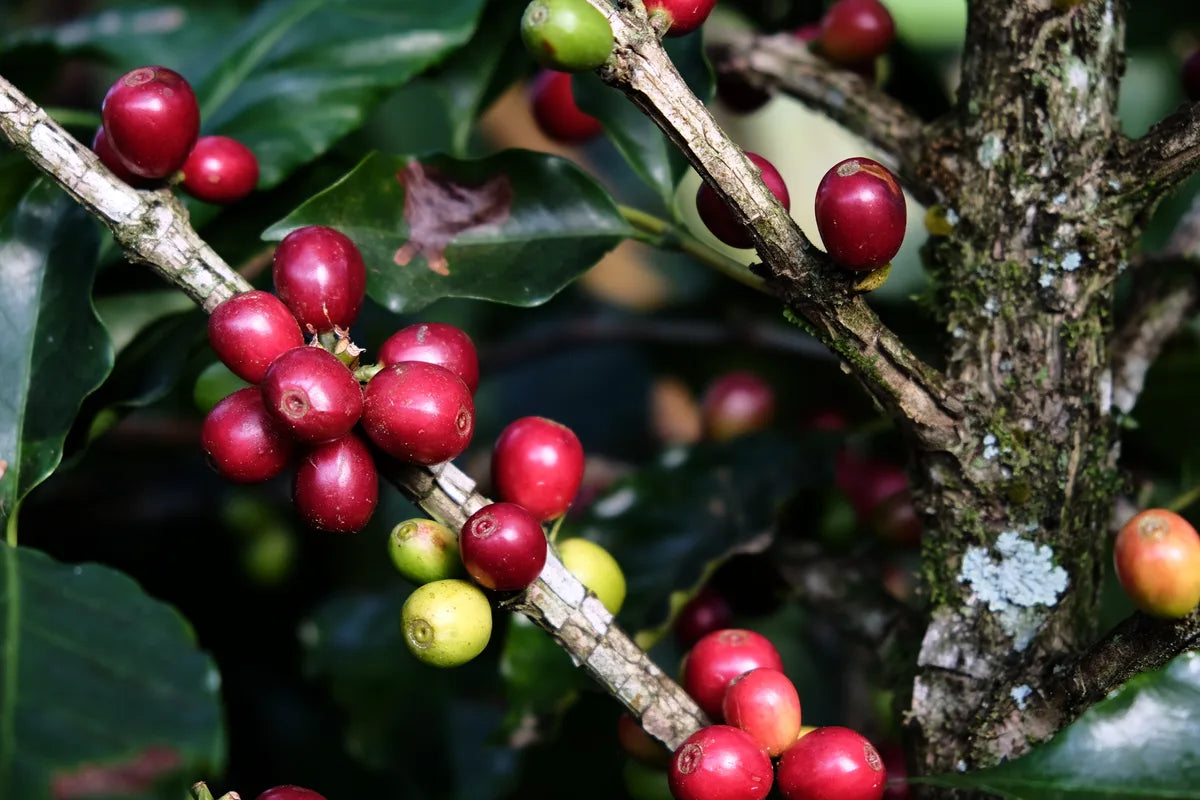In the realms of agriculture and gardening, the term “hybrid” often comes up, but what does it actually mean? A hybrid is a plant that results from the crossing of two genetically different parent plants. The goal of these crossings is to produce plants that embody the best characteristics of both parents – a practice widely used in plant breeding. The resulting hybrids can offer a range of benefits, such as increased resistance to diseases, improved growth rates, or higher yields.
An interesting example of hybrid application can be found in coffee production, specifically with Starmaya coffee. Starmaya is a first-generation (F1) hybrid created from the cross between the Marsellesa variety and a male-sterile Ethiopian or Sudanese landrace variety. This particular crossbreeding has led to a coffee variety that can be propagated through seeds – a revolution in coffee breeding, as previous F1 hybrids were propagated through more costly methods like cloning or manual pollination.
The ability to propagate hybrids like Starmaya through seeds offers numerous advantages. It significantly reduces production costs and makes improved varieties accessible to a wider group of coffee farmers. Moreover, hybrids can help increase biological diversity and make plants more resilient to climate change and pests.
The development of hybrids like Starmaya illustrates how innovative breeding techniques can contribute to making agriculture more sustainable and productive. Hybrids play a crucial role in addressing challenges such as food security and environmental protection and will continue to be a key element in plant breeding in the future.




